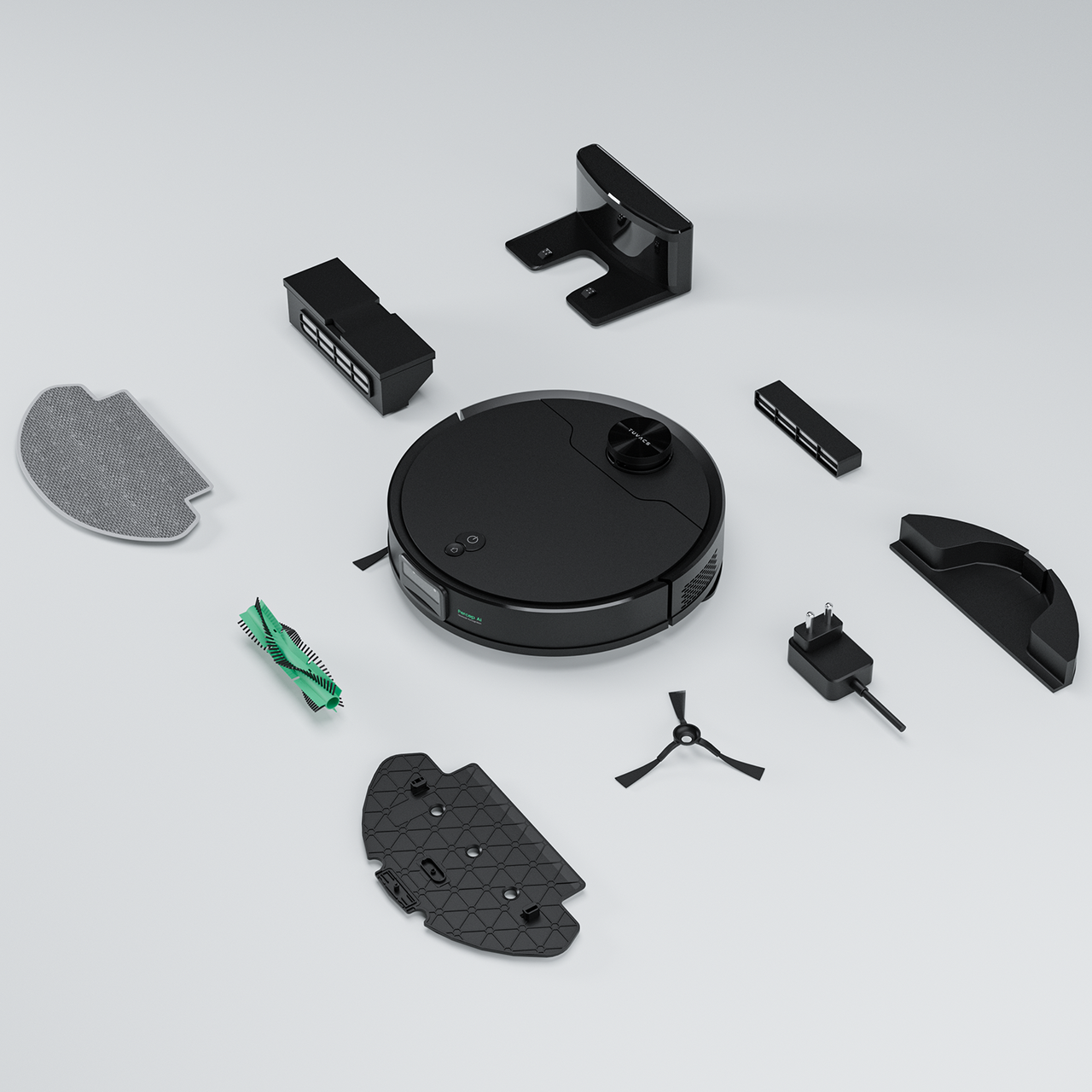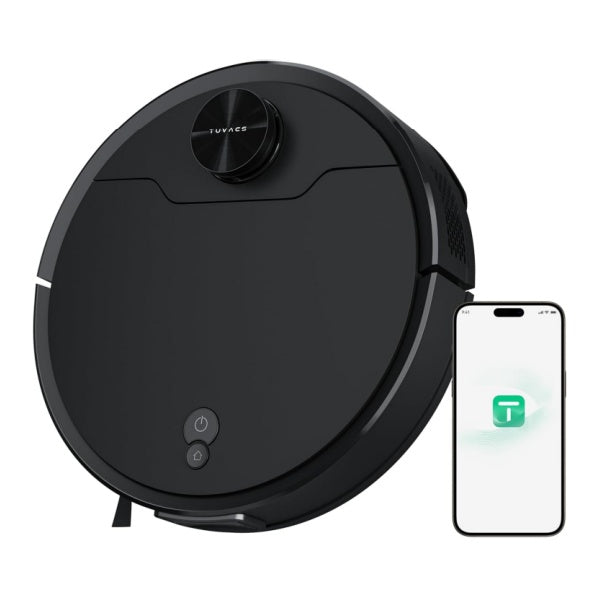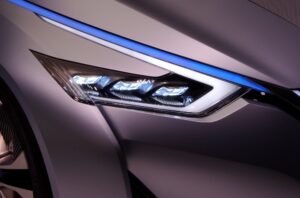
Did you know that the global robotic vacuum cleaner market is projected to reach a staggering $11.5 billion by 2026? With advancements in technology, particularly lidar navigation, these devices are becoming smarter and more efficient than ever before.
The Rise of Lidar Navigation Robot Vacuums

lidar navigation robot vacuums represent a significant leap forward in home cleaning technology. Unlike traditional models that rely on random patterns or basic sensors, lidar-equipped vacuums use laser beams to map out your living space with incredible precision. This allows them to navigate efficiently around furniture and obstacles while ensuring no corner is left untouched. In terms of market attributes, these advanced robots tend to be priced higher due to their sophisticated technology but offer long-term savings through reduced energy consumption and maintenance costs.
Find more about robot vacuum with app.
Robot Vacuum with App Integration and Cost Analysis
The integration of mobile apps into robot vacuums has transformed how we interact with our cleaning devices. These apps allow users to schedule cleanings, monitor progress in real-time, and even customize cleaning routes based on specific needs. From a cost analysis perspective, this added functionality can justify the initial investment as it enhances user experience and optimizes cleaning efficiency—ultimately saving time and effort for homeowners.
Tuvacs: A Case Study in Cost Analysis
Tuvacs have emerged as a notable player within the lidar navigation segment of the market. Their pricing strategy reflects both quality and innovation; while they may come at a premium compared to standard models, Tuvacs deliver exceptional performance that reduces overall household labor costs over time. Additionally, their durability means fewer replacements are needed throughout their lifespan—a crucial factor when considering total ownership expenses.
Conclusion
In summary, lidar navigation robot vacuums not only enhance our daily lives through superior cleaning capabilities but also present compelling cost advantages when analyzed thoroughly. By investing in such advanced technologies today, consumers can enjoy greater convenience now while reaping financial benefits down the line.







